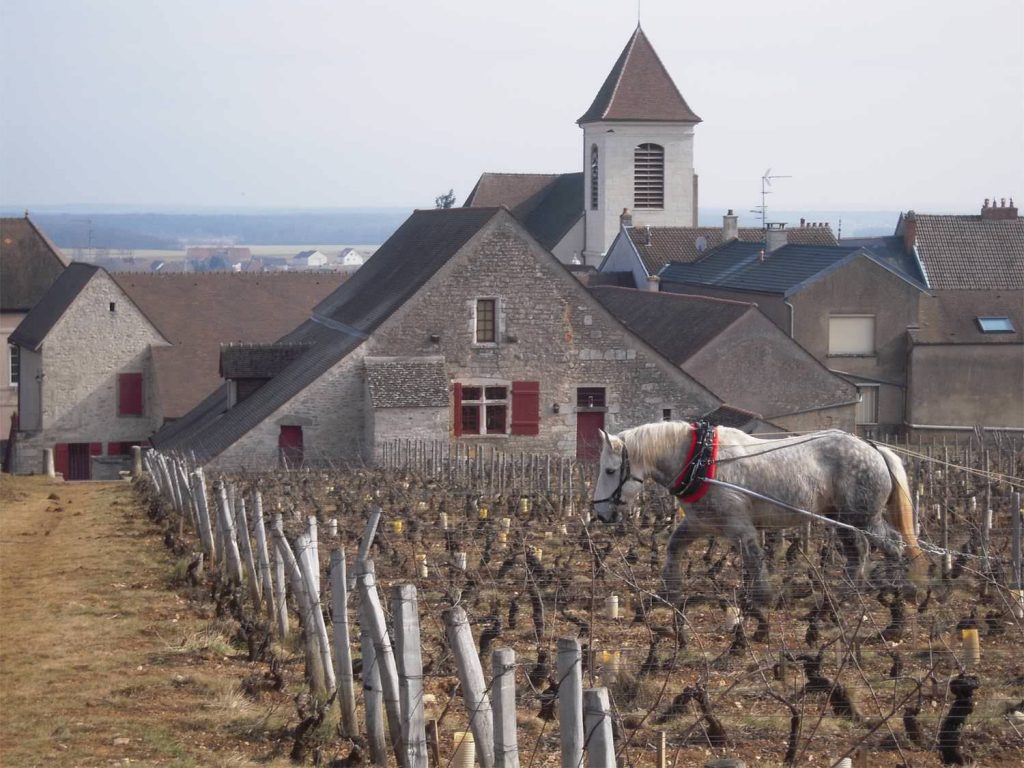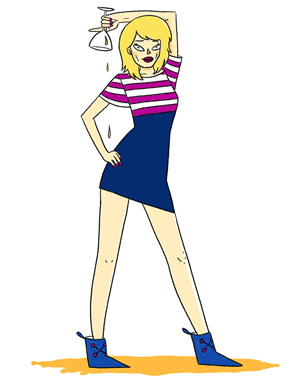
Photo: JL Bernuy
Most grand and premier crus are divided between many growers each having their own rows of vines, but a few are monopoles. These tend to be clos; a vineyard enclosed within a wall. Not so long ago many a wall was crumbling, but shabby chic is so yesterday. The village of Morey-Saint Denis, unusually, has four grand crus clos. Clos de Tart, above, takes centre stage behind imposing doors at the top of the high street.
Until recently this illustrious domaine was managed by the delightfully old school Sylvian Pithiot who, for many a vintage, would peer thoughtfully through spectacles balanced at the end of his nose, while I tasted eight or so wines and attempted to match them to marginally different terroir in this walled vineyard. Not for the faint hearted!
The wines are blended, a year or so after the vintage, to represent the whole vineyard and married over another winter before bottling and presenting to adoring fans. This couture label is a well established favourite among collectors and fashionisters with eye watering prices to match.
What is it that makes a vineyard worthy of Grand Cru status and how do they differ from the other Grand Vins in the international spotlight? I went to see Jacques Devauges, who has taken over the management of this chic catwalk favourite, for some answers.
Jacques Devauges at Domaine Clos de Tart

